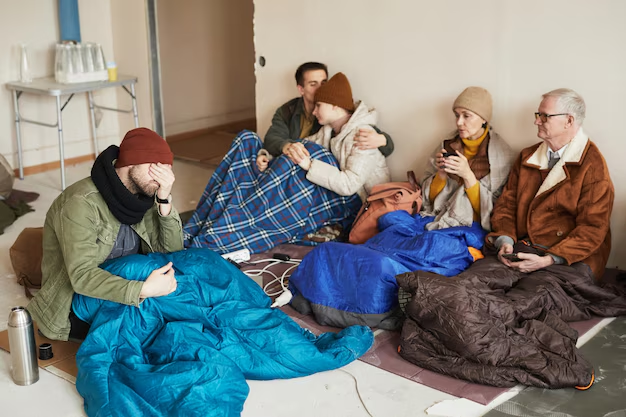Navigating Homeless Shelters in NYC: What You Need to Know
In a city as vibrant and bustling as New York, it's easy to forget about the challenges faced by many of its residents. However, thousands of people experience homelessness in NYC every night. Finding the right shelter can be a daunting task, but knowing your options and the resources available is the first step towards getting back on your feet.
Understanding Your Shelter Options
New York City offers a variety of homeless shelters, each catering to different needs. Whether you're an individual, a family, or a youth, there's a shelter that can serve as a temporary home while you secure more permanent housing.
Single Adults
For single adults, the city operates multiple Men's and Women's Intake Centers throughout the boroughs. These centers provide temporary accommodations and are often the first point of contact for shelter seekers.
Families and Children
Families with children can access the Path Intake Center in the Bronx, where they are provided with housing assessments and placed in facilities suitable for family living. These shelters focus on keeping families together and ensuring that children have access to continued education.
Youth and Young Adults
Young people experiencing homelessness can turn to youth-specific shelters that focus on creating a supportive environment with resources aimed at transitioning to independence.
More Than Just a Roof Overhead
NYC shelters offer more than just a place to sleep. They provide critical support services including:
- Counseling and mental health services to address trauma and stress.
- Workshops and educational resources to enhance job skills and employment opportunities.
- Assistance with benefits and social services, ensuring residents can access the aid they need.
Beyond Shelters: Exploring Financial and Educational Opportunities
While shelters provide immediate relief, long-term stability often requires financial empowerment and education. Fortunately, there are several government programs and resources designed to provide the support needed to reclaim your independence.
Government Aid Programs
- The Supplemental Nutrition Assistance Program (SNAP) helps families and individuals purchase healthy food.
- The Temporary Assistance for Needy Families (TANF) provides temporary financial assistance to help cover essential needs.
- Subsidized housing programs, like Section 8, assist with rent, making housing more affordable.
Financial Assistance and Debt Relief
Navigating financial strain is challenging, but there are solutions. Consider exploring:
- Credit counseling services to manage and reduce debt.
- Federal relief programs that may offer immediate financial aid.
Educational Grants and Opportunities
Education plays a crucial role in changing one’s life trajectory. Look for:
- Pell Grants and Federal Student Aid for those interested in furthering their education.
- Job training programs that offer skills development in high-demand fields.
Quick Resources and Opportunities 🌟
- Food Assistance 🍎: SNAP benefits for eligible individuals and families.
- TANF 🏡: Temporary financial support focused on essential needs.
- Credit Counseling 💳: Guidance and resources to manage and alleviate debt.
- Educational Grants 🎓: Funding opportunities for academic and vocational training.
- Job Training 🛠️: Programs aimed at skill enhancement for employment.
By utilizing these resources, individuals experiencing homelessness can begin to navigate a path towards a more secure, sustainable future. Remember, help is available, and taking the first step is the beginning of a hopeful journey.
